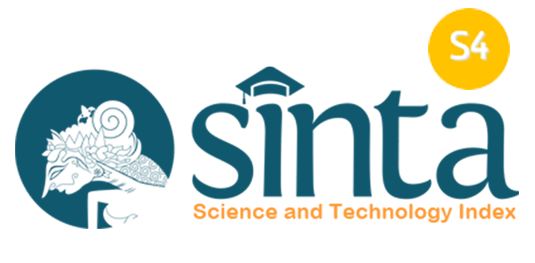Analysis of Q-Angle as a Risk Factor for Patellofemoral Pain Syndrome in Volleyball Athletes: A Cross-Sectional Study
Abstract
Introduction: Patellofemoral Pain Syndrome (PFPS) is a common knee injury caused by excessive loading during knee flexion, such as running or jumping, frequently experienced by volleyball athletes. One of the primary risk factors is an increased Q-angle, which leads to patellar maltracking and knee malalignment, particularly of the patella, resulting in uneven load distribution on the knee joint. This study aims to determine the relationship between Q-angle and PFPS in volleyball athletes in Karangasem.
Methods: This cross-sectional study employed purposive sampling, involving 51 male volleyball athletes aged 18–35 in Karangasem. Q-angle measurements were conducted using a goniometer in a supine position with knee extension. At the same time, PFPS diagnosis was determined using Waldron’s Test, with pain criteria upon patellar compression during knee flexion in a supine position and squatting. Data were analyzed using the Chi-square test.
Results: Chi-square analysis revealed a significant relationship between Q-angle and PFPS in the right knee (p=0.003, OR=14.22, 95% CI=1.69–119.62) and left knee (p=0.004, OR=8.50, 95% CI=1.68–42.98). These findings indicate that athletes with an excessive Q-angle have a higher risk of developing PFPS.
Conclusion: A significant association exists between an increased Q-angle and PFPS in volleyball athletes in Karangasem. However, the limitations of the cross-sectional design prevent determining a causal relationship.
Keywords: Q-angle, patellofemoral pain syndrome, volleyball athletes
















